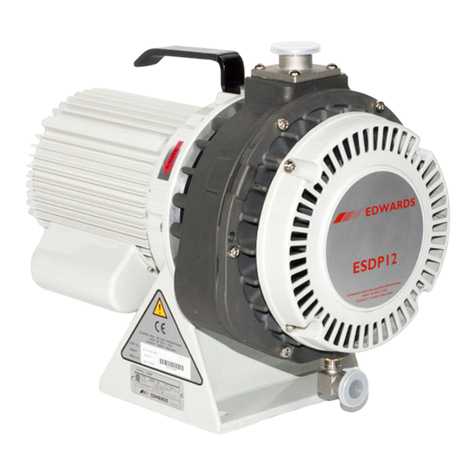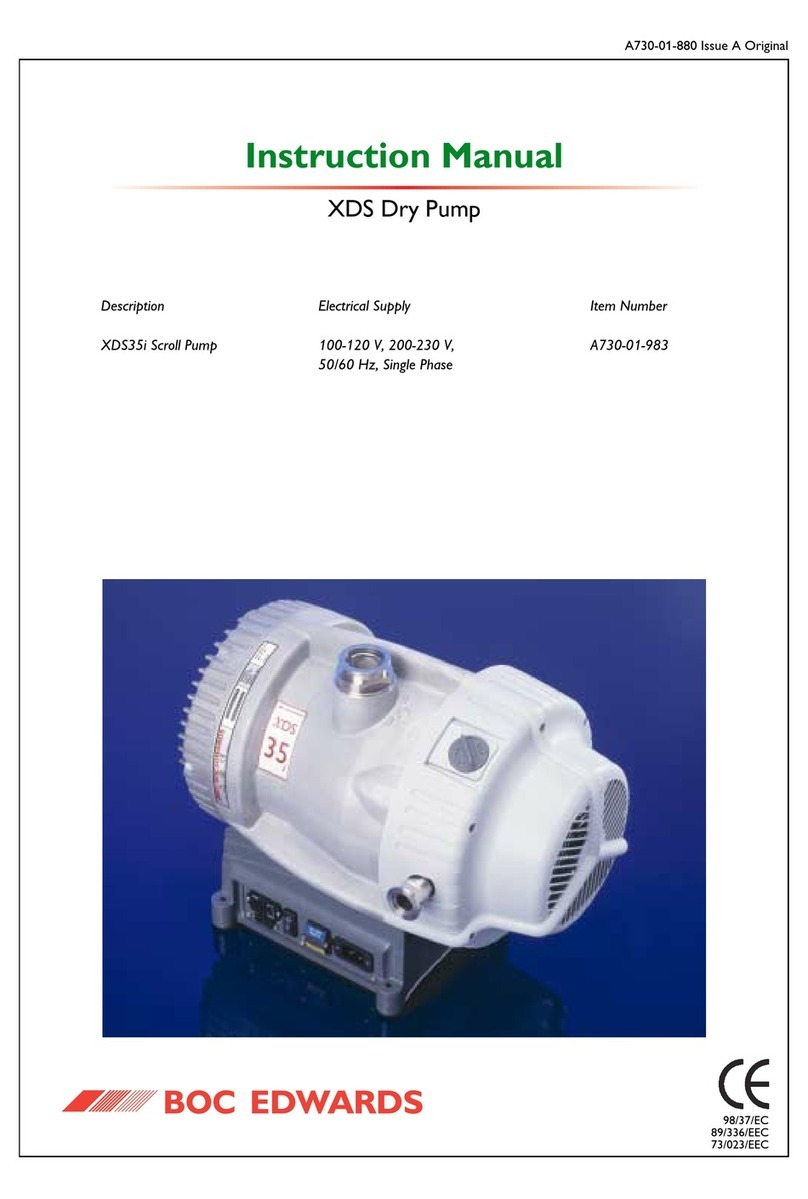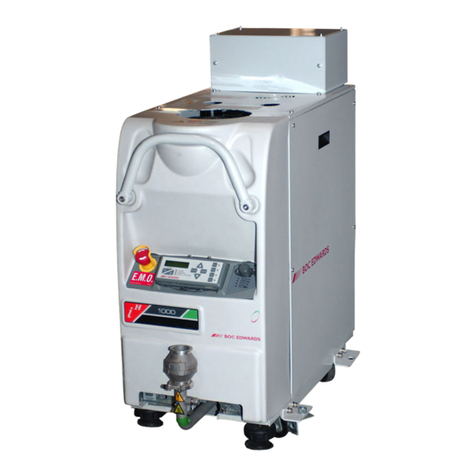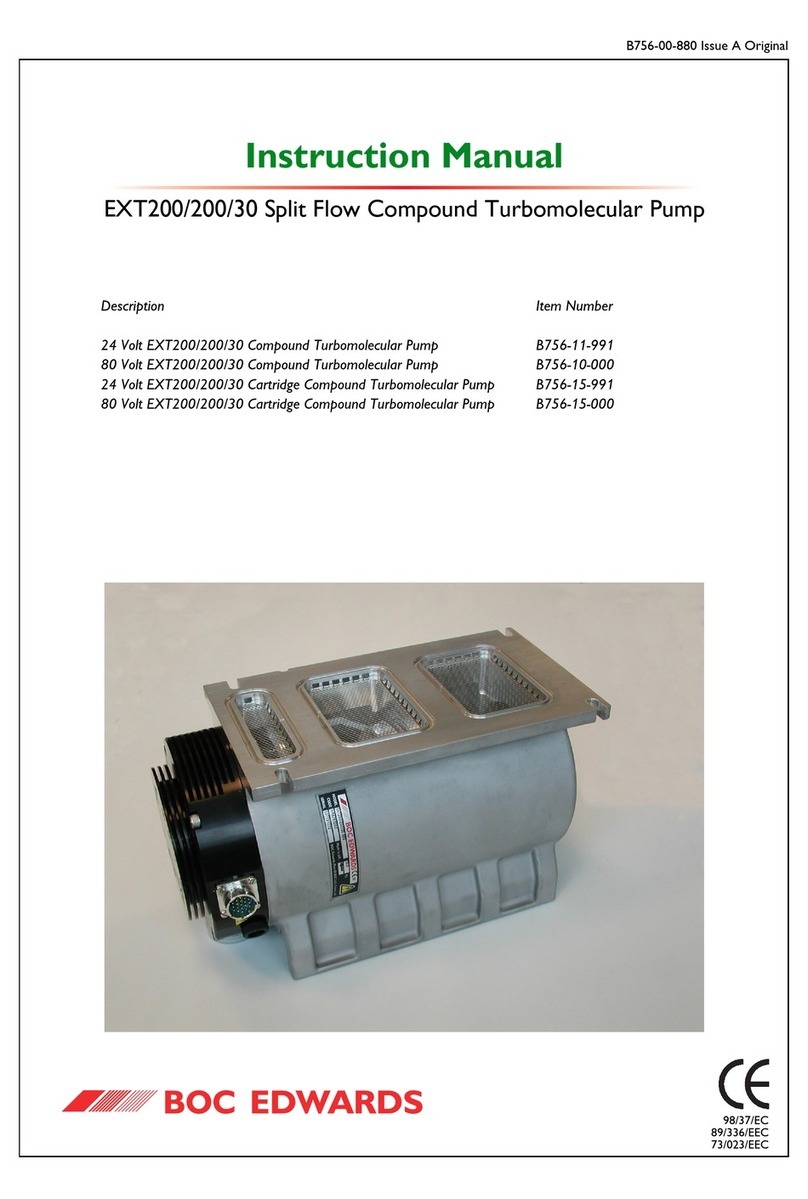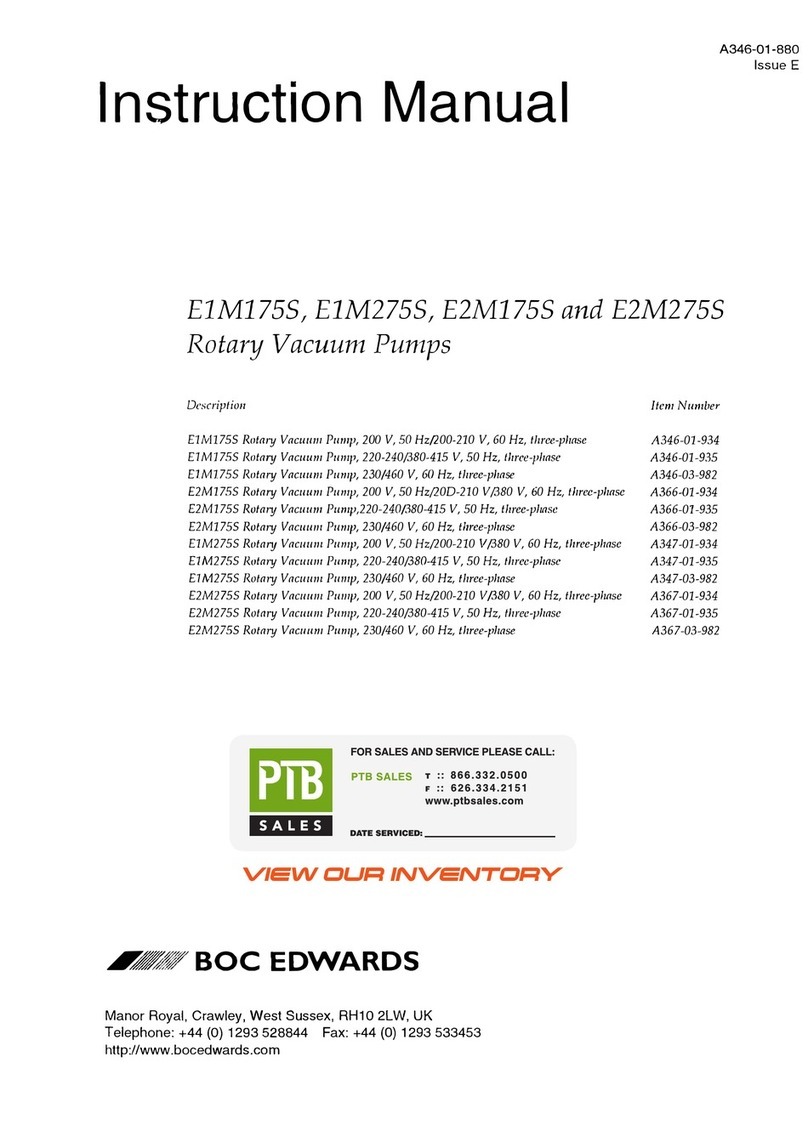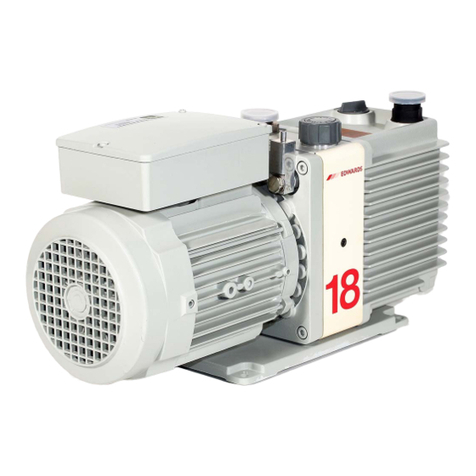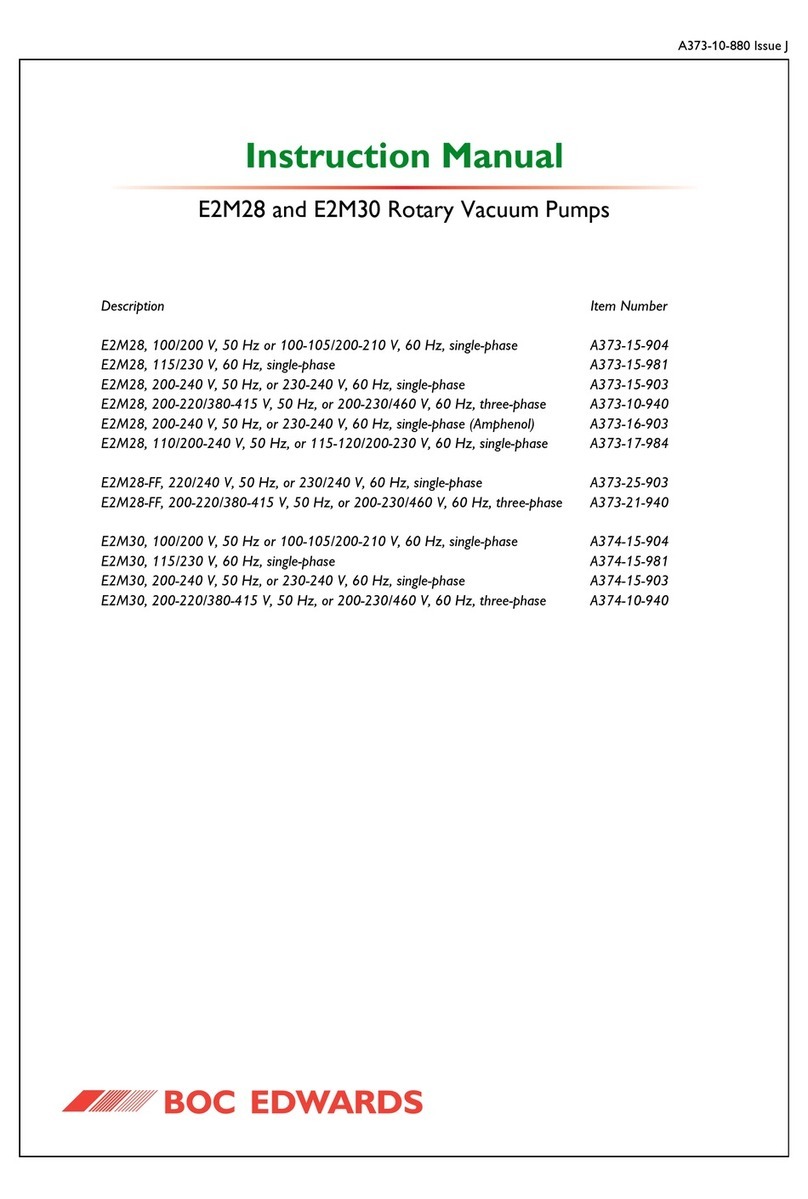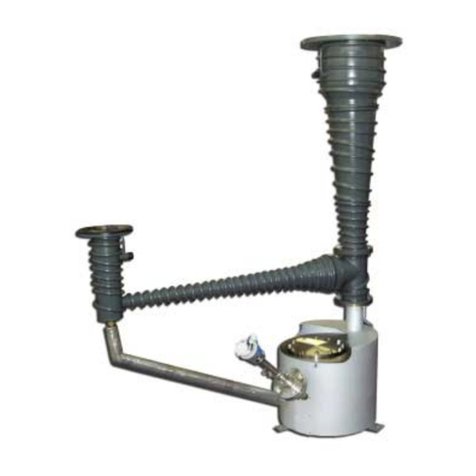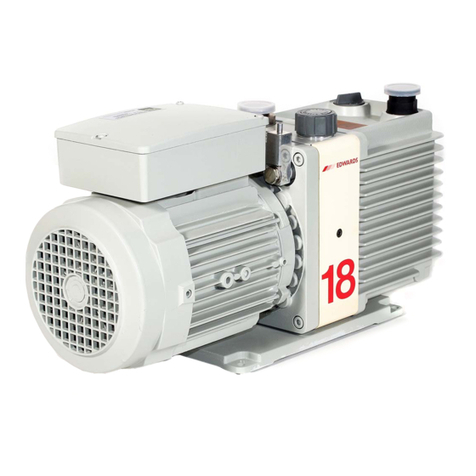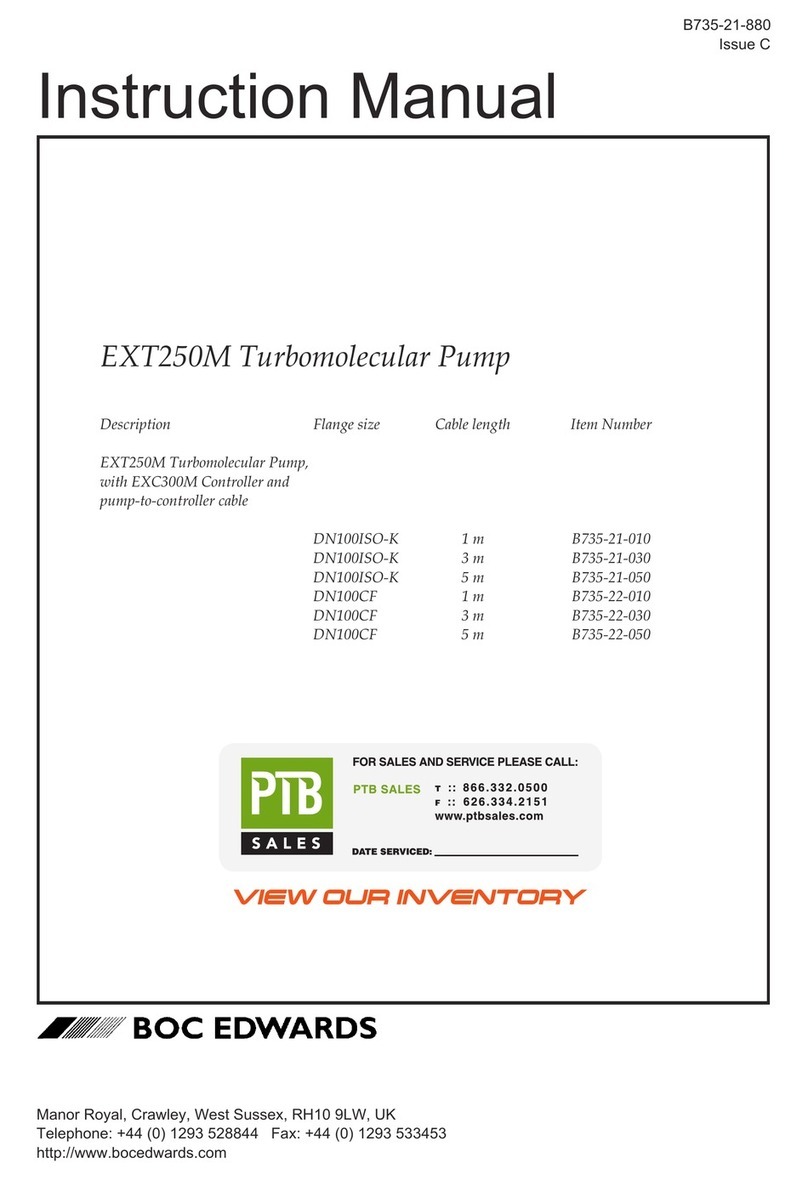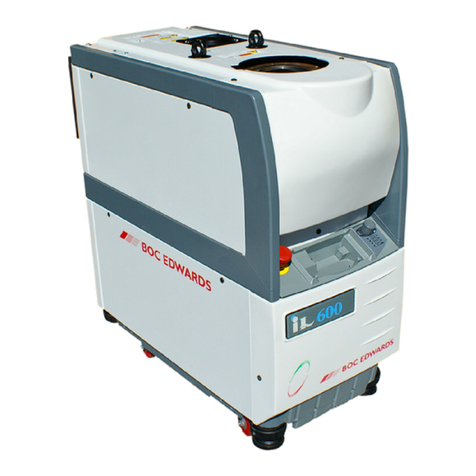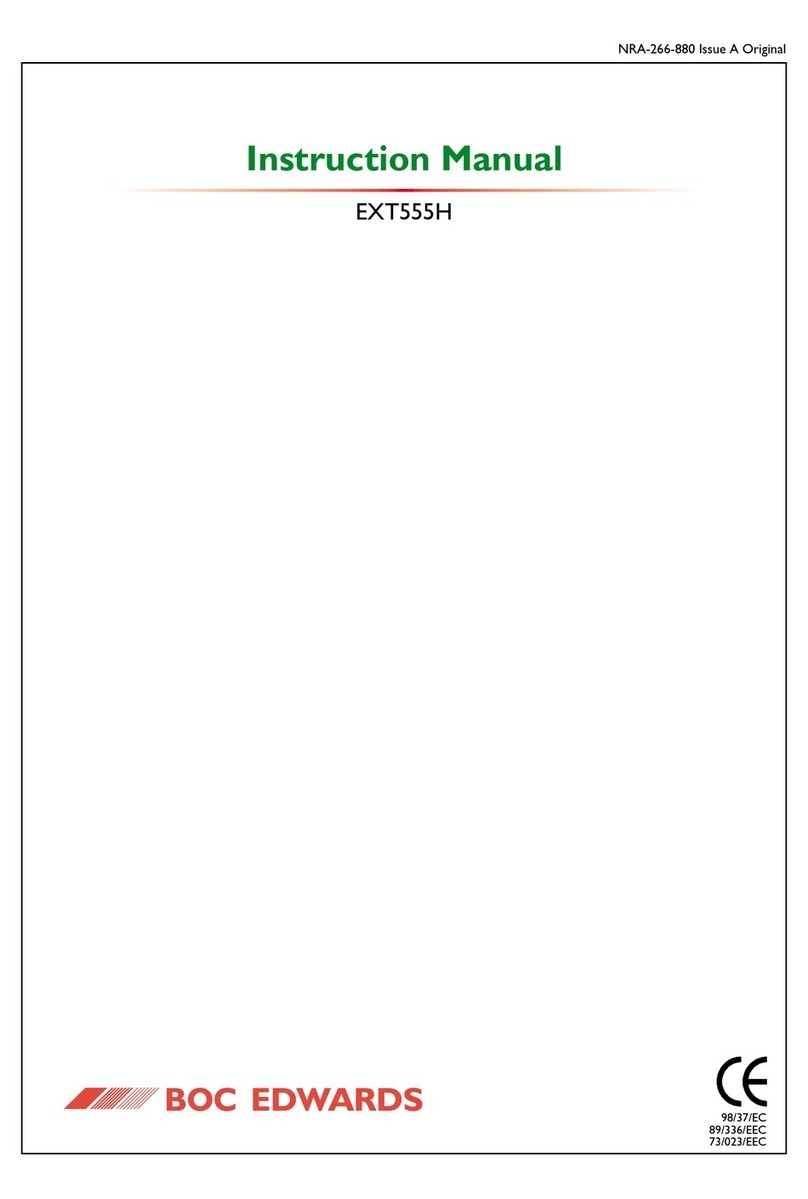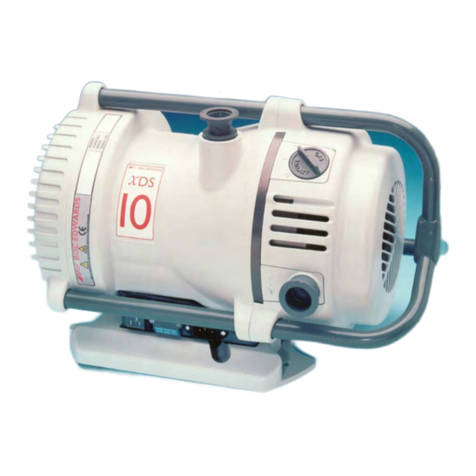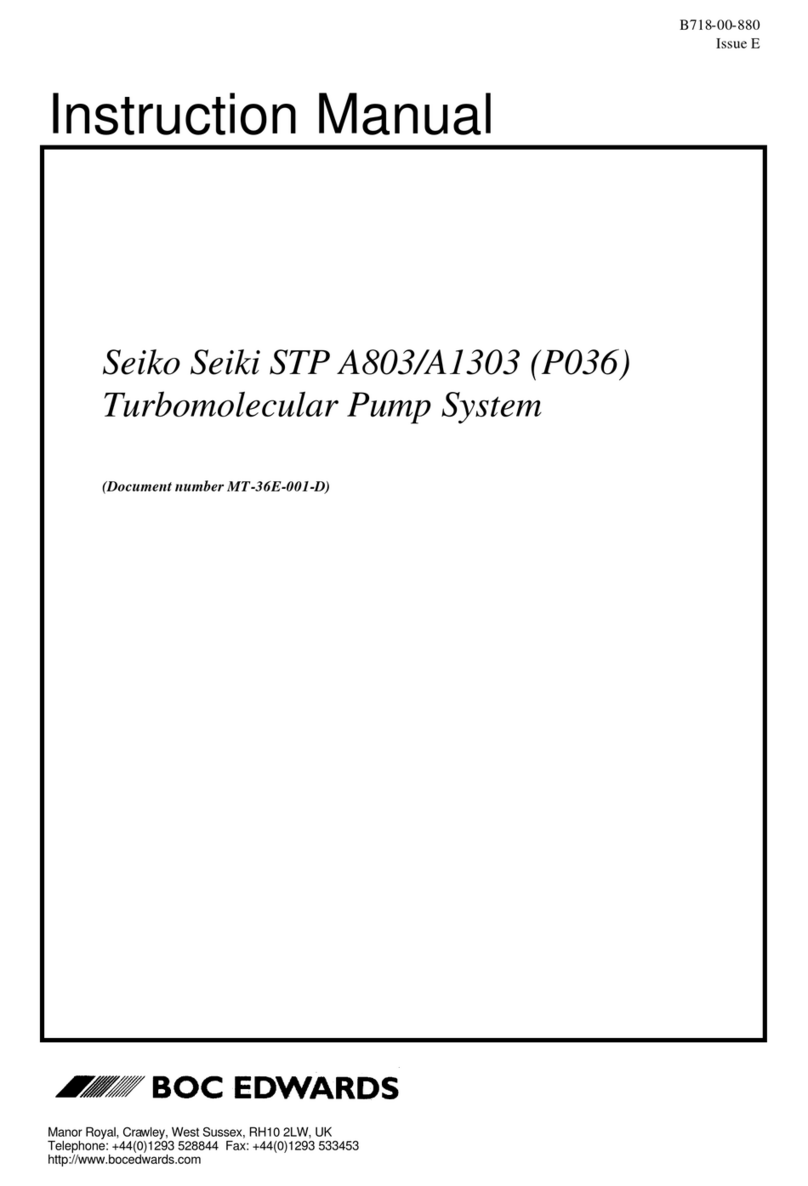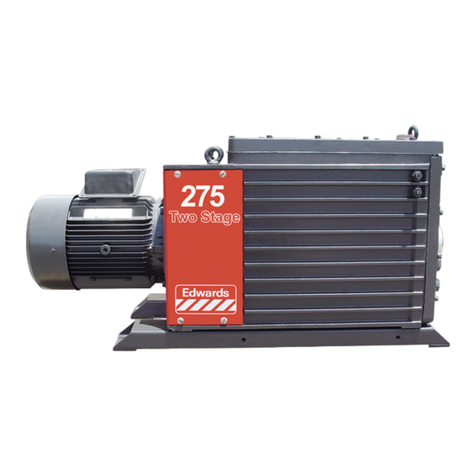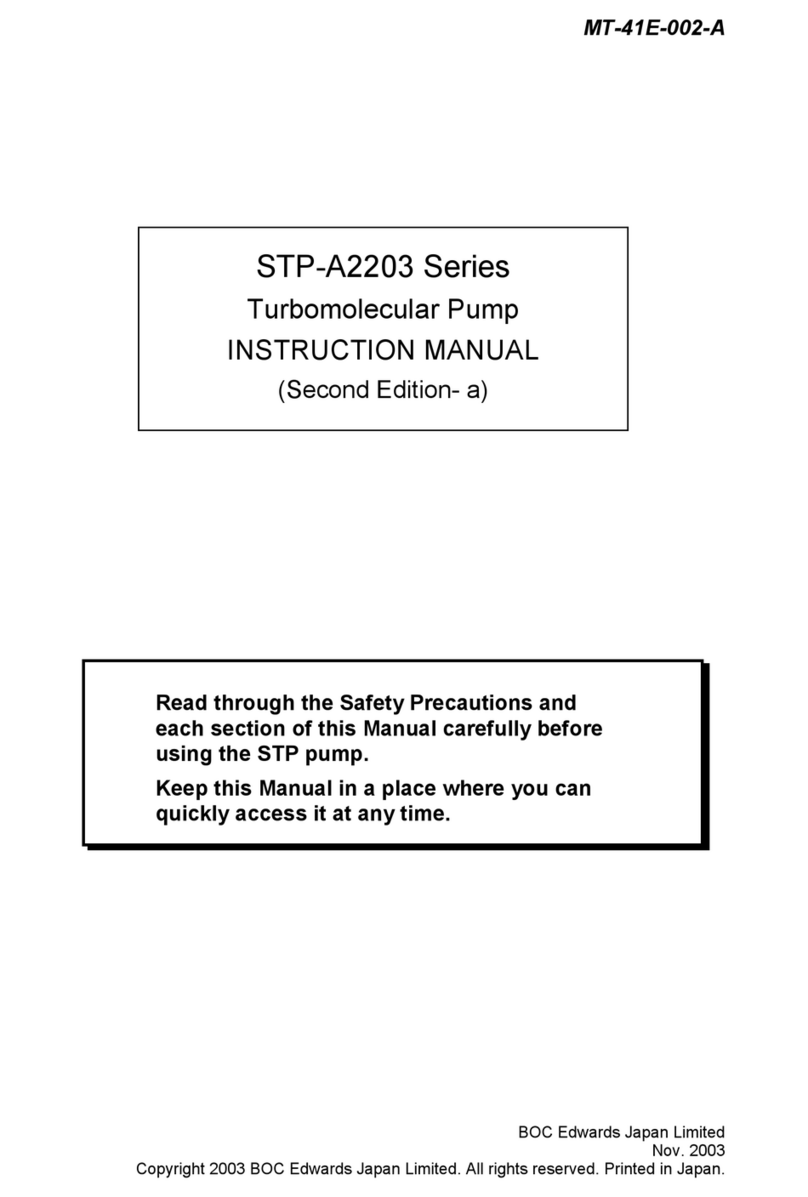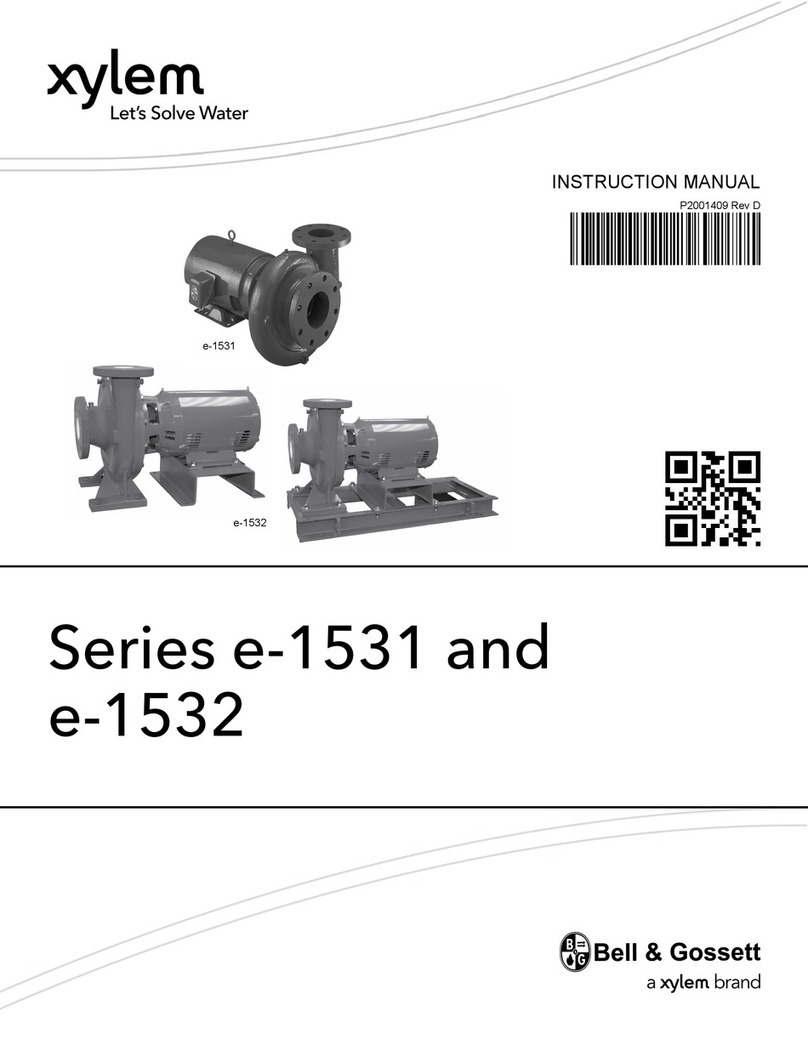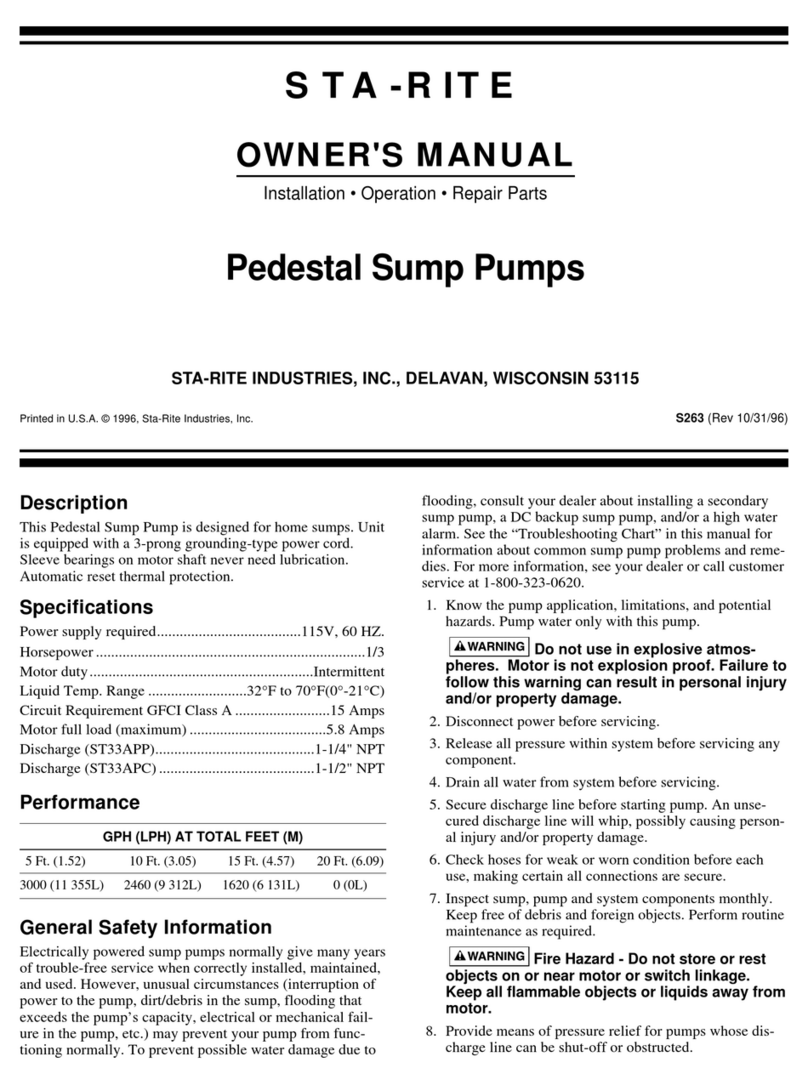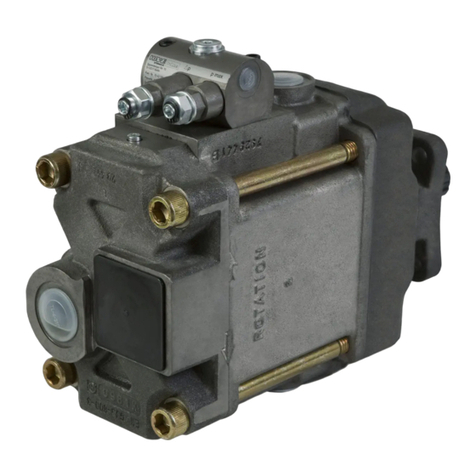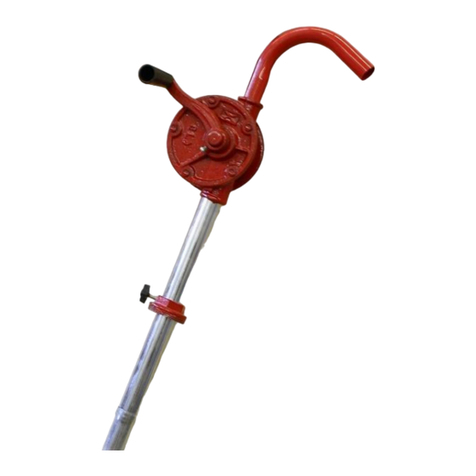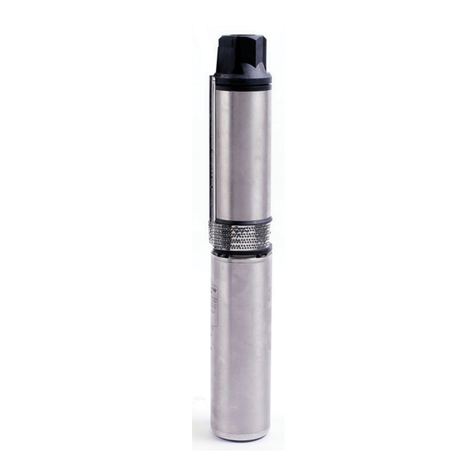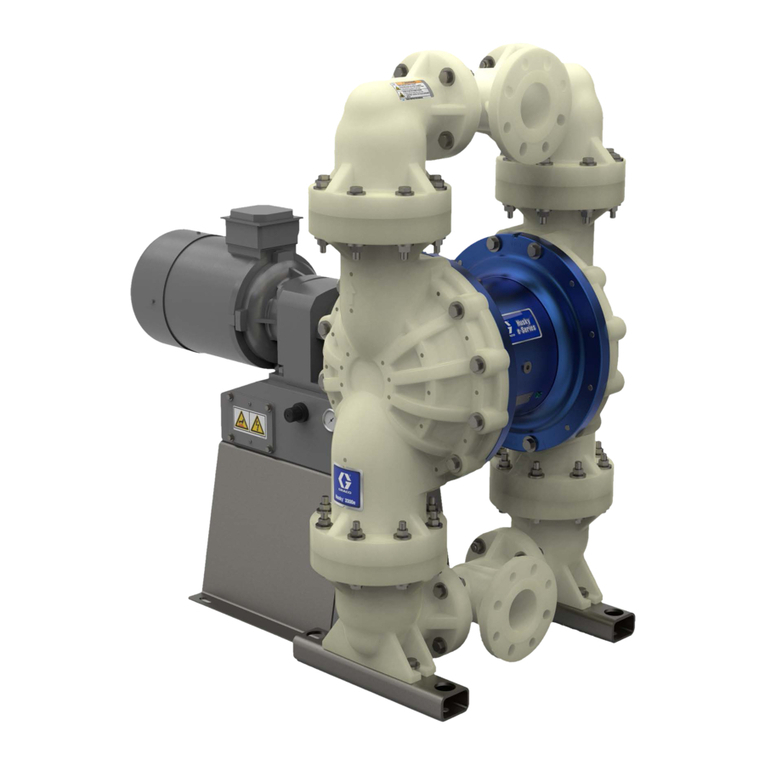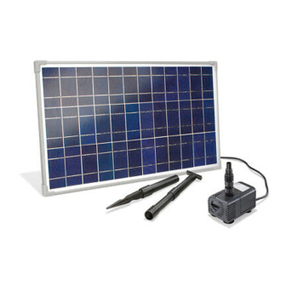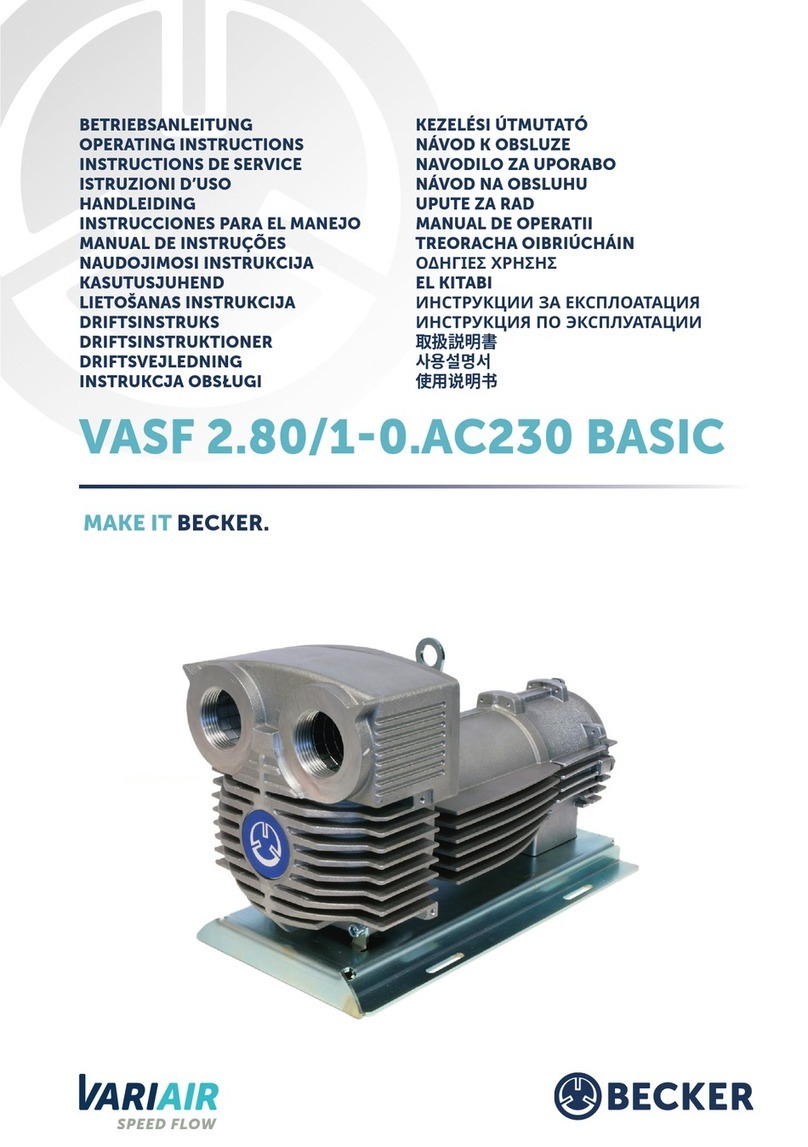
J SERIES M ICROVA CJ SERIES M ICROVA C VACUVACUU M PUM PUM PUM P
TA BLE OF CON TENTSTABLE OF CON TEN TS
1.01.0 D ESCRIPTIONDESCRIPTION ______________________________________________________________________________________________________________________________________________ 11 --11
1.11.1 GGENERALENERAL (P(PRINCIPLE OFRINCIPLE OF OOPERATIONPERATION)) ____________________________________________________________________________________________________________________________ 11--11
1.21.2 GGASAS BBALLASTALLAST ________________________________________________________________________________________________________________________________________________________________ 11--22
1.31.3 WWATERATER SSYSTEMYSTEM ____________________________________________________________________________________________________________________________________________________________ 11--22
1.41.4 EELECTRICALLECTRICAL SSYSTEMYSTEM ______________________________________________________________________________________________________________________________________________________ 11--22
1.51.5 LLUBRICANTSUBRICANTS __________________________________________________________________________________________________________________________________________________________________ 11--22
1.61.6 GGUARDSUARDS ________________________________________________________________________________________________________________________________________________________________________ 11--22
1.71.7 VVACUUMACUUM BBREAK ANDREAK AND GGAGEAGE PPORTSORTS ________________________________________________________________________________________________________________________________ 11--22
2.02.0 INSTALLA TIONIN STALLA TION ____________________________________________________________________________________________________________________________________________ 22 --11
2.12.1 LLOCATING ANDOCATING AND MM OUNTINGOUNTING ____________________________________________________________________________________________________________________________________________ 22--11
2.22.2 VVACUUMACUUM PPIPINGIPING ____________________________________________________________________________________________________________________________________________________________ 22--11
2.2.1 Types of Piping Joints________________________________________________________________________ 2-2
2.2.2 Location of Gage Port ________________________________________________________________________ 2-2
2.32.3 EEXHAUSTXHAUST PPIPINGIPING ____________________________________________________________________________________________________________________________________________________________ 22--22
2.42.4 EELECTRICALLECTRICAL CCONNECTIONSONNECTIONS (S(SEEEE FFIGUREIGURE 5 & 5A)5 & 5A) __________________________________________________________________________________________________________ 22--33
2.52.5 CCOOLINGOOLING ______________________________________________________________________________________________________________________________________________________________________ 22--44
2.62.6 LLUBRICATION OFUBRICATION OF PPUM PUM P __________________________________________________________________________________________________________________________________________________ 22--44
3.03.0 OPERATIONOPERATION __________________________________________________________________________________________________________________________________________________ 33 --11
3.13.1 PPRERE--STARTSTART CCHECKHECK__________________________________________________________________________________________________________________________________________________________ 33--11
3.23.2 PPUM PUM P SSTARTTART__________________________________________________________________________________________________________________________________________________________________ 33--11
3.33.3 CHECKING OIL LEVELCHECKING OIL LEVEL ______________________________________________________________________________________________________________________________________________ 33--22
3.43.4 OPERATION OF GAS BOPERATION OF GAS BALLASTALLAST________________________________________________________________________________________________________________________________ 33--22
3.53.5 PUM P STOPPUM P STOP________________________________________________________________________________________________________________________________________________________________ 33--33
3.63.6 OPERATING NOTESOPERATING NOTES __________________________________________________________________________________________________________________________________________________ 33--33
4.04.0 CHECKINGCHECKIN G______________________________________________________________________________________________________________________________________________________ 44 --11
4.14.1 PPOOROOR VVACUUMACUUM ______________________________________________________________________________________________________________________________________________________________ 44--11
4.24.2 LLOCALIZINGOCALIZING LLEAKAGEEAKAGE ____________________________________________________________________________________________________________________________________________________ 44--11
4.34.3 RREPAIRINGEPAIRING SSM ALLM ALL LLEAKSEAKS ______________________________________________________________________________________________________________________________________________ 44--11
4.44.4 PPUM PUM P AACTIVITYCTIVITY RRECORDECORD ______________________________________________________________________________________________________________________________________________ 44--11
5.05.0 TROUBLESHOOTING GU ITROUBLESHOOTING GUIDED E __________________________________________________________________________________________________________________ 55 --11
6.06.0 SPECIFICATIONS A N DSPECIFICATIONS AND PA RTS LIPA RTS LISTST ____________________________________________________________________________________________________ 66 --11
6.16.1 212212--J PJ PERFORM ANCEERFORM ANCE CCURVEURVE ________________________________________________________________________________________________________________________________________ 66--11
6.26.2 MM ICROVACICROVAC MM ODELODEL 212212--J SJ SPECIFICATIONSPECIFICATIONS ____________________________________________________________________________________________________________________ 66--11
6.36.3 412412--J PJ PERFORM ANCEERFORM ANCE CCURVEURVE ________________________________________________________________________________________________________________________________________ 66--33
6.46.4 MM ICROVACICROVAC MM ODELODEL 414122--J SJ SPECIFICATIONSPECIFICATIONS ____________________________________________________________________________________________________________________ 66--33
7.07.0 M A INTEN A N CEM AIN TENANCE ________________________________________________________________________________________________________________________________________ 77 --11
